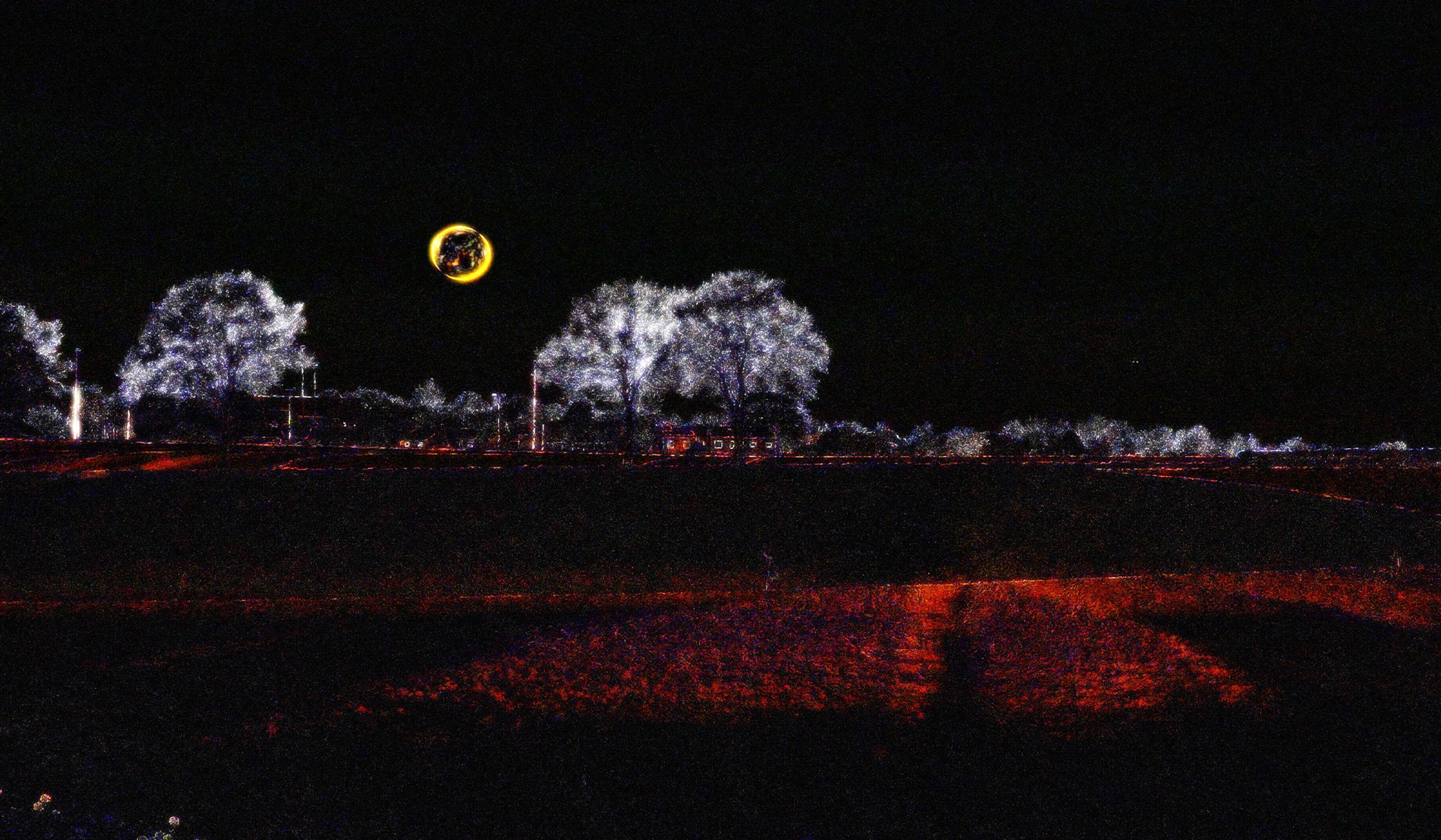The mundane becomes mesmerising in this deep dive into segmented displays
It’s likely that you’ve glanced at a seven-segment display thousands of times in your life without knowing what it was called, or even giving the design much thought at all. First invented in 1903 to help increase the speed of telegraph transmissions, in the 1970s the display began to appear on household devices, and persists on a great many household items today – even in the age of high resolution. In this video essay, the Dutch filmmaker, photographer and artist Michiel de Boer offers a surprisingly fascinating dive into the history and design of segmented displays, which, designed to overcome technical limitations, exist at the intersection of form and function. In doing so, De Boer also dives into his lifelong quest to build a better segmented display than the ‘double square’ design that has become ubiquitous.
Video by Posy

video
Biography and memoir
As her world unravels, Pilar wonders at the ‘sacred geometry’ that gives it structure
20 minutes

video
Meaning and the good life
Why strive? Stephen Fry reads Nick Cave’s letter on the threat of computed creativity
5 minutes

video
Human rights and justice
‘I know that change is possible’ – a Deaf prison chaplain’s gospel of hope
18 minutes

video
Physics
Find the building blocks of nature within a single, humble snowflake
4 minutes

video
Technology and the self
An artist swaps her head with everyday objects in a musing on consumerism
4 minutes

video
Art
The overlooked polymath whose theatrical oeuvre made all of Rome a stage
30 minutes

video
Physics
Why the golden age of total solar eclipses is already behind us
5 minutes

video
Film and visual culture
An augmented-reality filter reveals the hidden movements all around us
7 minutes

video
Beauty and aesthetics
The grit of cacti and the drumbeat of time shape a sculptor’s life philosophy
11 minutes